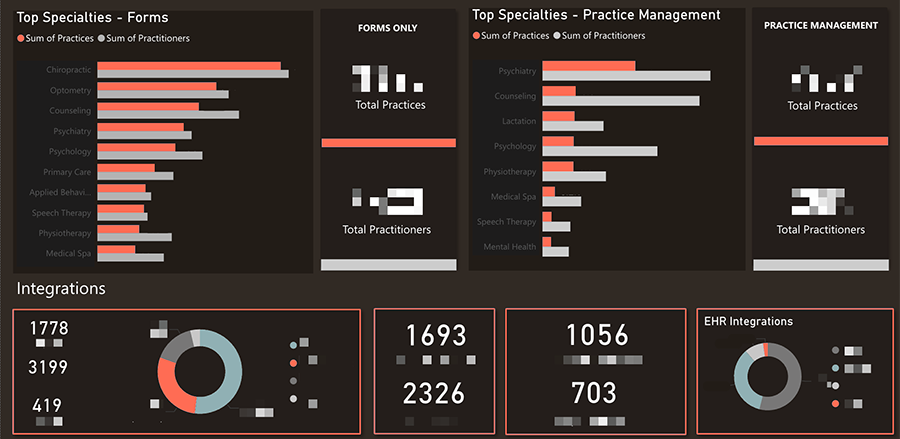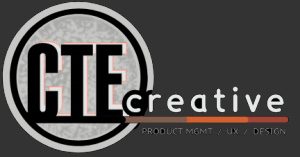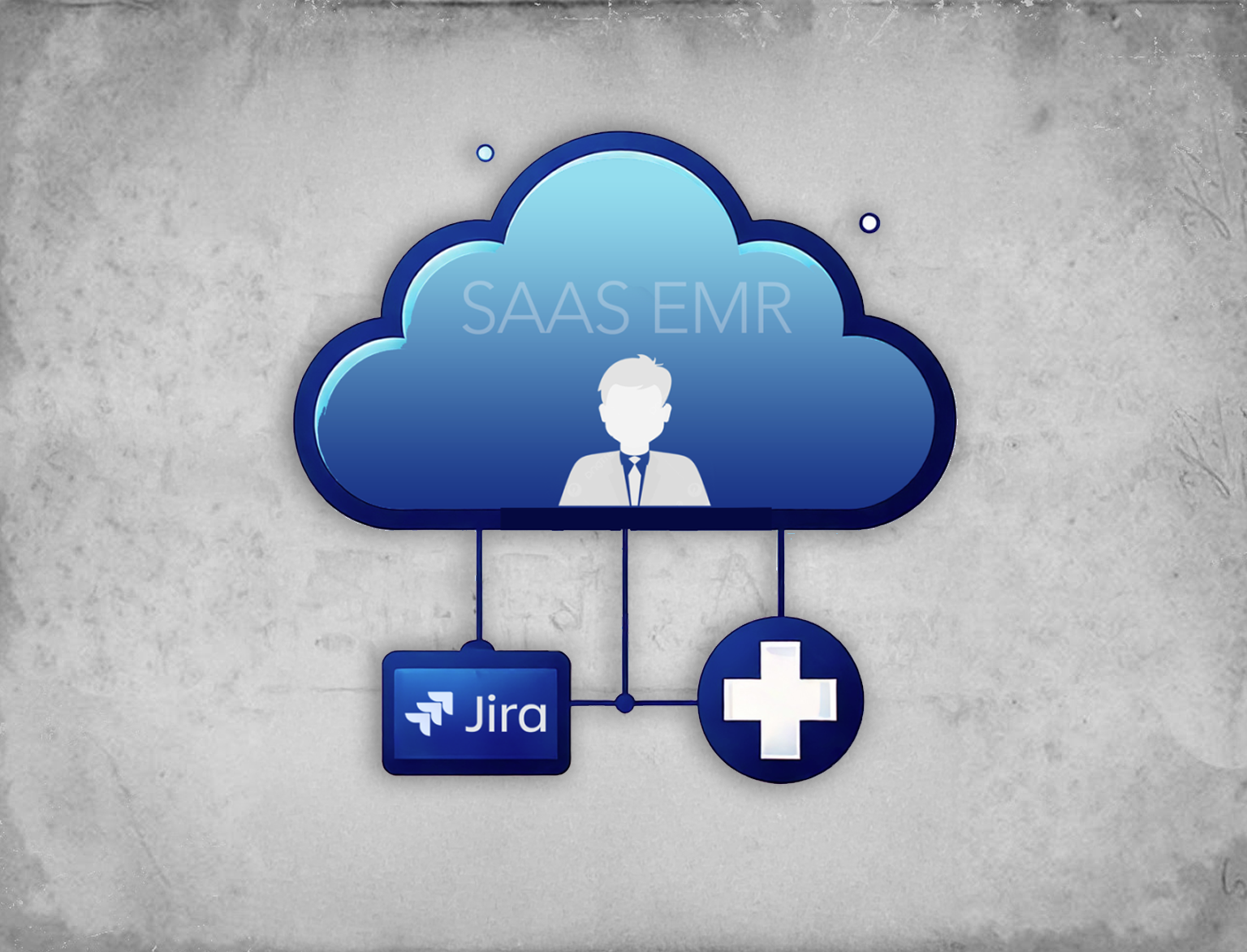The Challenge:
At a fast-growing SaaS EMR company, I was brought on as the first product manager to bring structure and strategic direction to a platform that was gaining rapid traction but lacked foundational product discipline. My role began by identifying and addressing several core challenges.
The Approach:
As the founding Product Manager, I wore many hats to establish foundational practices, guide product growth, and improve internal alignment:
First 90 Days Foundation:
- Stood up the product backlog in JIRA from scratch, organizing features, bugs, and technical debt
- Implemented a cost-effective feature request platform to alleviate the burden on the support team
- Established a rhythm of stakeholder updates and agile ceremonies (planning, standups, retrospectives)
- Provided support with ticket triage and feature documentation to improve turnaround and clarity
Strategic Product Leadership:
- Created a product roadmap and facilitated quarterly planning aligned with engineering capacity and business needs
- Wrote detailed user stories and acceptance criteria for all new features, blending customer needs and technical feasibility
- Acted as the scrum master for a small but agile team
Case Study 1: Centralizing Feature Requests Using Canny
Challenge:
Support was overwhelmed by a high volume of feature requests from users across many specialties. There was no centralized system to track, prioritize, or follow up on these requests efficiently.
Approach:
I led the implementation of Canny Feature Request using their free plan. A single developer integrated it via API, and we connected it to the app through SSO. This allowed support to funnel requests to one place and enabled users to vote on the features they cared about most. The SSO integration also linked each request to a specific user for better follow-up.
Outcome:
We established a clear, organized channel for feature feedback. The product team could now prioritize based on real user demand, while support saved time and reduced ticket clutter. The system improved both customer engagement and internal alignment.
Estimated support time saved: 10%.
Product Team Efficiency for Understanding op Customer Requests: +%10
Approach continued…
Data Driven Development:
- Collected feedback from the advisory board, Facebook user group, and direct interviews
- Conducted competitor analysis on other SaaS EMR’s to guide differentiation and spot missed opportunities
- Produced mockups, wireframes and clickable prototypes to validate concepts early with end users
Cross Functional Collaboration:
- Regularly collaborated with engineering, marketing, QA, support, and leadership to align on progress and priorities
- Contributed to support articles and internal training guides to streamline onboarding and support efficiency
- Supported marketing efforts by applying design skills to product visuals and communication materials
Case Study 2: Enabling Data Driven Decisions

Challenge:
When I joined the company, we had plenty of data but lacked a way to interpret or act on it. Key teams lacked visibility into metrics that impacted growth, retention, and product direction.
Approach:
I partnered with Support, Sales, and Marketing to define the most critical KPIs. Then I built a series of Power BI dashboards using existing data sources, focusing on customer acquisition, churn, feature usage, support trends, and revenue performance.
Results:
The dashboards became essential for daily operations. They enabled faster, more informed decisions, improved transparency across teams, and helped align strategy through real-time access to actionable insights.
Case Study 3: Increase MRR via an ePrescribe Integration
Challenge:
Providers lacked in-app prescribing capabilities, requiring them to toggle between systems. This added admin time and risked fragmented patient records.
Approach:
I gathered detailed feedback via Canny and user interviews to define critical prescribing workflows. After vetting multiple vendors, we selected a well-documented, API-friendly third-party partner. I led the integration process, managed a beta release to ensure full workflow coverage, and coordinated with Support and Marketing on a smooth launch.
Results
- Delivered one of the most requested features on our roadmap
- Streamlined provider workflows, saving 5+ minutes per client visit in clinical documentation time
- Drove a 80% increase in MRR for some accounts who upgraded to access the feature
The Outcomes:
- 30% Year-Over-Year Growth fueled by improved feature delivery and customer confidence
- 80% MRR Growth for targeted account segments
- Monetized Integrations: through new third-party revenue partnerships
- Increased Retention & Satisfaction with clearer visibility into roadmap and upcoming features
- Cross Functional Alignment:: with clearer visibility into roadmap and upcoming features
-
Cross-Functional Visibility: Enabled internal teams to better plan and coordinate by providing visibility into the product roadmap and upcoming feature releases.
Key Takeaways
This role gave me the opportunity to build product practice from the ground up—balancing short-term execution with long-term strategy.
I worked across departments to strengthen team alignment, establish customer-driven development cycles, and scale the product in ways that directly impacted user satisfaction and company growth.



